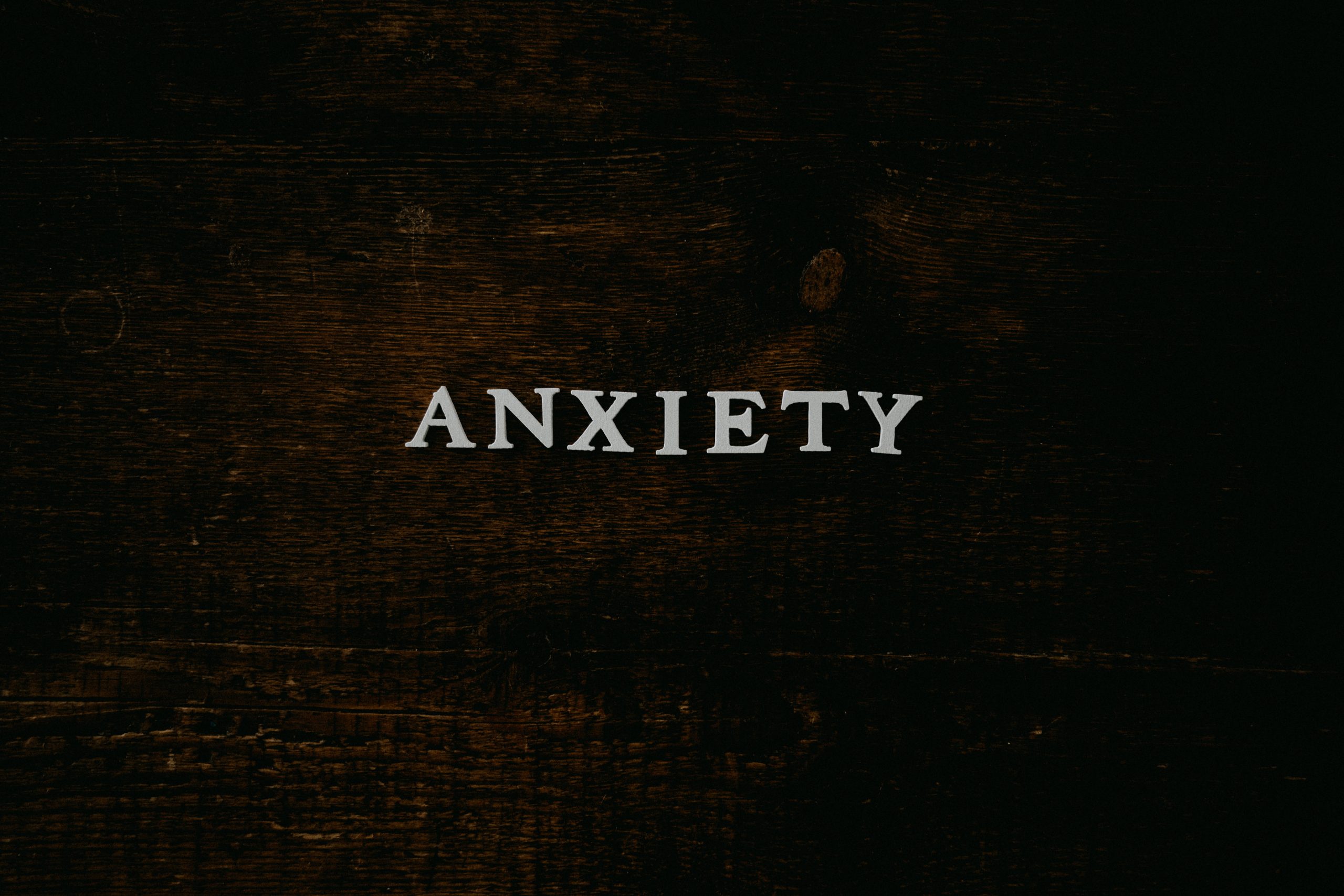As many as 1 in 5 women and 1 in 8 men in the UK suffer with anxiety-related conditions. These go beyond the natural feelings of anxiety we all experience from time to time, into feelings of severe worry and fear that can impact on their ability to carry out day-to-day actions.
This type of anxiety can be extremely serious and may be diagnosed as General Anxiety Disorder (GAD).
Health Assured, the UK and Ireland’s leading largest independent and award-winning employee assistance programme (EAP) provider, has seen a dramatic 116% increase in the number of anxiety-related calls to their helpline over the last 3 years.
That’s why it’s more important than ever for employers to understand the key causes of anxiety, the signs to look out for, and the support available for employees who are struggling.
Bertrand Stern-Gillet, CEO of Health Assured, shares his expert insight.
What are the key causes of workplace anxiety?
“Anxiety can stem from a range of causes. It could be down to personal and family matters like having a baby, getting married or divorced, dealing with bereavement, etc. But another major cause is workplace stress. And where this is the case, employers have a heightened duty of care to step in and provide support.
“This could be through regular assessments of workloads to avoid stress and burnout, introducing better communication strategies and support from line managers, considering flexible working arrangements, or offering tailored adjustments in line with an individual’s needs.
“Employers should also consider any workplace scenarios where anxiety levels may be intensified, such as returning to work after maternity leave or being on long-term sick leave, starting a new role or following a promotion, or where an individual has been a victim of bullying or harassment.”
What signs of workplace anxiety should HR be looking out for?
“Workplace stress, depression, and anxiety count for more than half of all working days lost in 2021/22, equating to an estimated 17 million days.
“Anxiety can affect how people think, feel and act, as well as how they relate to others and the choices they make. It can have a significant impact on both physical and mental health, as well as productivity at work. So, as an HR manager, it is important to recognise the signs of anxiety in order to put support measures in place.
“Here are some signs of workplace anxiety that employers should be looking out for:
- Excessive worry, fear, or apprehension about work-related issues
- Difficulty concentrating or making decisions
- Avoidance of work-related tasks or situations
- Physical symptoms such as headaches, stomach-aches, loss of appetite, and/or muscle tension
- Mood changes, such as irritability or sadness
- Social withdrawal or isolation
- Increased absenteeism or tardiness
- Decreased productivity or quality of work
- Fatigue or exhaustion
- Insomnia or trouble sleeping
- Excessive checking or reassurance seeking from managers or colleagues
What can HR teams do to help address these issues and provide support to employees?
“Perhaps the most crucial thing is to champion a culture that empowers staff to be open about their mental health.
“When employees feel comfortable and able to raise issues with their line managers, you can put measures in place to help relieve the strain and offer support before there is a significant impact on their health.
“Introducing mental health first aiders and delivering empathy and emotional intelligence training to managers is a great step towards breaking the stigma that can still all too often be associated with mental health.
“Complement these steps with robust policies and procedures outlining a zero-tolerance stance against any bullying, discrimination, or harassment.
“Signpost people to your employee assistance programme (EAP) and other relevant support to ensure they can access counselling, and other useful mental health services. Many EAP services also provide mobile apps and online programmes, such as guided wellbeing and meditation sessions.
“Conducting regular performance reviews enables you to check in with your employee and ensure they have the tools and the support required to carry out their role effectively.
“You may need to review workloads to ensure they are manageable and realistic, and unlikely to cause damaging stress. As well as managing anxiety, this goes a long way in increasing productivity and reducing turnover as well as the chances of human error.
“And lastly, when colleagues are unable to work due to anxiety, consider allowing flexible working options. As well as being an obligation by law in the UK, it’s proven to increase productivity and efficiency levels among employees.”









